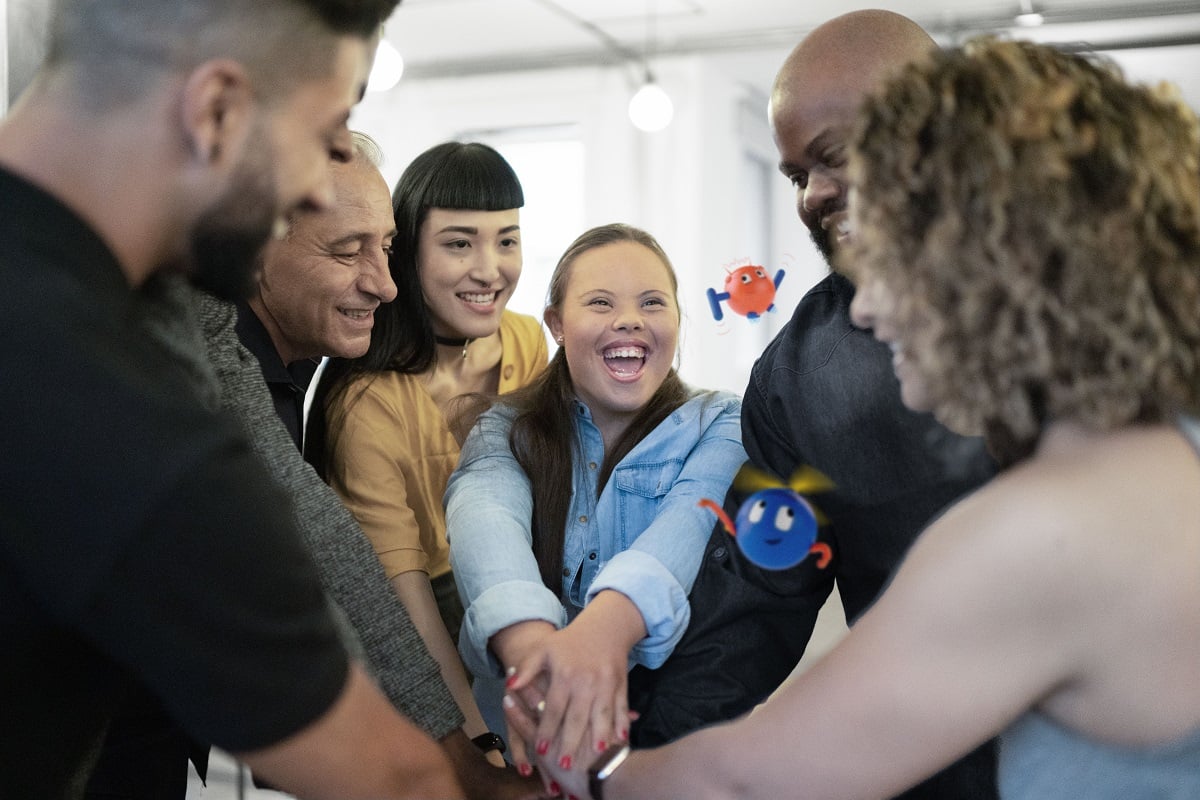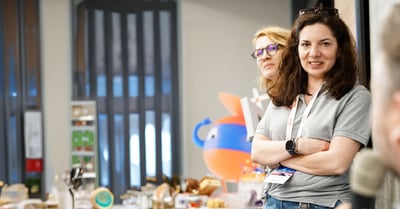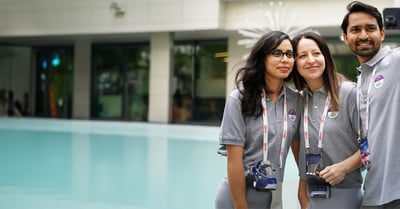Automation for Good Community Stories 2022

The "Automation for Good 2022 Community Stories" event powered by UiPath Community brought together automation projects from around the world. The main scope was to highlight the contribution to wellbeing for different communities. Ranging from social well-being to environmental sustainability, the event explored innovative ways of using automation for social good. The stories are about finding homes during a humanitarian crisis, creating 'environmental assistants' and improving healthcare systems.
This program draws a map of activism and contribution through the lens of automation. Let's take a closer look.
"Automation in Child Welfare: Saving time and saving children" presented by Lahiru Fernando, looks at how to make child welfare processes more efficient. Eduard Shlepetskyy shares insights on how to accommodate over 5000 refugees from Ukraine when the crises started. "Invoice Generation - Anandvan Wellness" in India, presented by Mukesh Kala and Deepak Rai, showcases a wellness center where invoices are generated automatically. Stefano Negro explores how to easily work with patient data for a nursing home to enhance healthcare services. Sylvain Boutie presents an ecological robot created by a citizen developer for Roche Holding in France. Overall, the event was a source of inspiration. The use cases created emphasized the innovative potential of automation for positive social impact.
ChildNet successfully tackled the administrative barriers that delayed the placement of children in foster care. A virtual assistant was implemented. One of the critical tasks addressed by the automated solution was completing case reports. The impact can be measured in the 20,000 hours saved. This helped increase efficiency of the child welfare system. More time was available for case workers to invest in relationships while finding solutions for children and families.
The second story from Eduard Shlepetskyy addressed the humanitarian crises in Ukraine. Creating accommodation flows, setting up drivers, and a call center service were the three main pillars of the project. All of this was developed into a system. The challenge was to make a sort of prioritizing of immediate needs. Having a process for cleaning the data was essential for keeping this prioritizing dynamic. During a three-month initiative, over 5000 people were accommodated, of which 2000 children. Impressively, there were a lot of volunteers coming from Ukraine who already wanted to offer support. Through the call center organized, they could immediately help others that were just arriving at the border. Several organizations from Slovakia offered databases of possible accommodation.
Multiple meetings were organized to exchange and establish cooperation between internal affairs, transportation, and different local institutions. With all the initiatives, 5000 people were accommodated, 1.8 million euros were collected in donations, and 25,000 families received material help. They also offered psychological support and job orientation services. One of the key learnings that Eduard shared is that "technology can play a significant role in bringing all these resources together to offer immediate help."
The third solution was created for a wellness center. The main scope was to automatically generate invoices that included details such as nursing, doctor and hospital fees. Manual processes, such as calculating the fees in Excel and generating the invoice as a PDF were exchanged with automated processes. The solution was an app, which could be used by multiple users to generate invoices automatically. Customizable templates are available for flexibility of options. The app also sends emails directly with the invoice attached. These actions translate into more than 30 hours saved per week per person involved in each process.
Automated patient data sounds like a plan for the healthcare industry. Another innovative solution was showcased by Stefano Negro. It was applied for a nursing home with an average of 40–45 patients. A centralization of needs from hygiene to drug administration can help the staff be informed in real time. To address this, the solution proposed, collects all the forms that patients are completing from the first moment they arrive. The automated process involves scanning and creating jpg files that are interpreted using optical character recognition (OCR)). Finally, all data is complied together in a report. This way the medical staff can easily track in real time the patient's needs. On the other hand, hours of manual work are saved through keeping a fully digitalized history.
When we started talking about automation, I had little to no knowledge of what could be done. It was difficult for us as medical teams to imagine the potential processes to be automated. Daniela Gigli, Medical Doctor, Villa Patrizia Nursing Home
Sylvain Boutie reveals a use case for an ecological robot generated by a citizen developer from Roche using UiPath StudioX. The problem was that there were refrigerated boxes that were designed to keep the drugs at a very low temperature. Each box has an environmental footprint, and a box can be reused up to ten times. Since hospitals don't have time to send them back, they are not reused as per their design. The solution proposed implied shipping 10,000 boxes back to the warehouse. The financial savings reach up to 100.00 euros per year. On the other hand, this case acted as a catalyst for citizen developer programs, fostering innovation in different departments. Lastly, an important impact on the environment is nurtured. Putting in place a reusability process for the boxes that would go to waste helps save resources.
As we get closer to the end of this year, we celebrate by highlighting the automation for good stories for 2023. Through meaningful collaboration, we present automation projects that bring value to society year after year. The projects range from supporting an educational and employment program for technology students and graduates in Ghana to looking into the interests of indigenous communities in South America. From democratizing automation in Costa Rica through skills development to increasing operational efficiency of volunteer work. This is a way to allow organizations to focus more on the core vision and mission. Read more about these heartwarming stories that create an impact world-wide. All this with the help of our dedicated, involved community members.
Your voice matters! Join us in shaping the future – take the UiPath Community annual survey until January 8 and you will enter our raffle to win one of 20 vouchers of 80$ for UiPath swag!
RPA Content Manager, UiPath
Get articles from automation experts in your inbox
SubscribeGet articles from automation experts in your inbox
Sign up today and we'll email you the newest articles every week.
Thank you for subscribing!
Thank you for subscribing! Each week, we'll send the best automation blog posts straight to your inbox.



